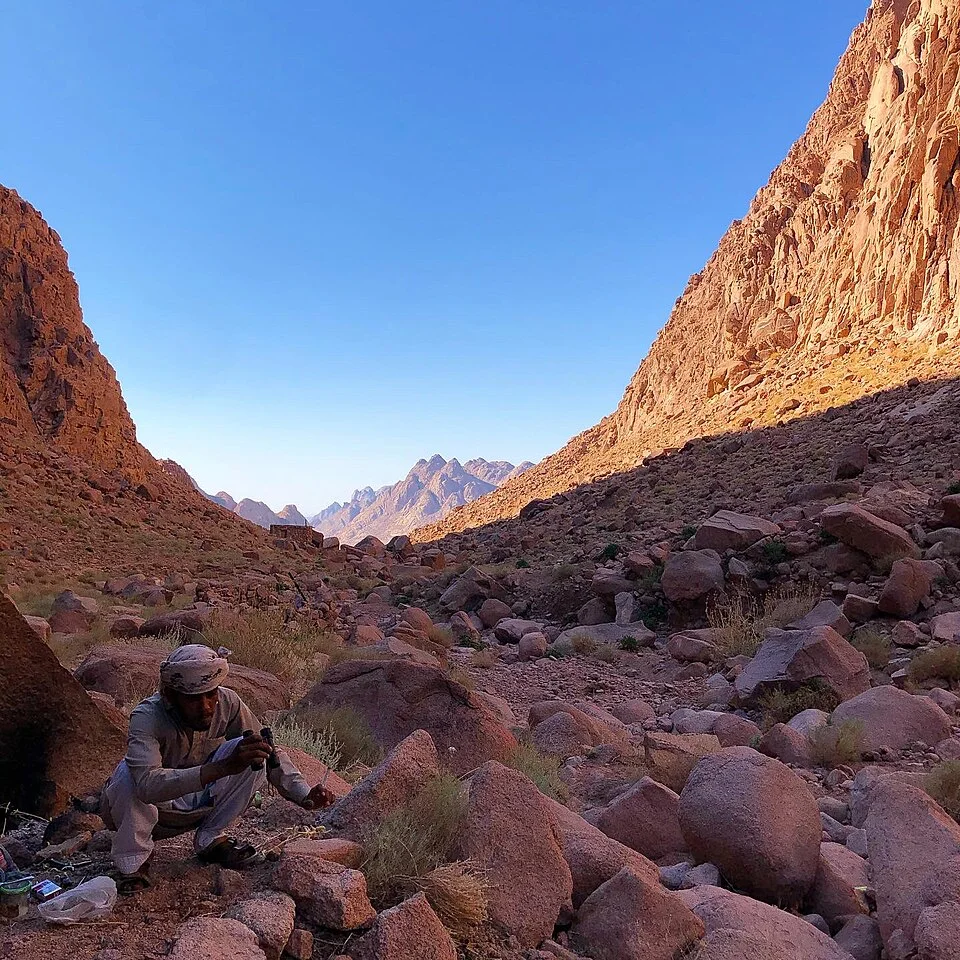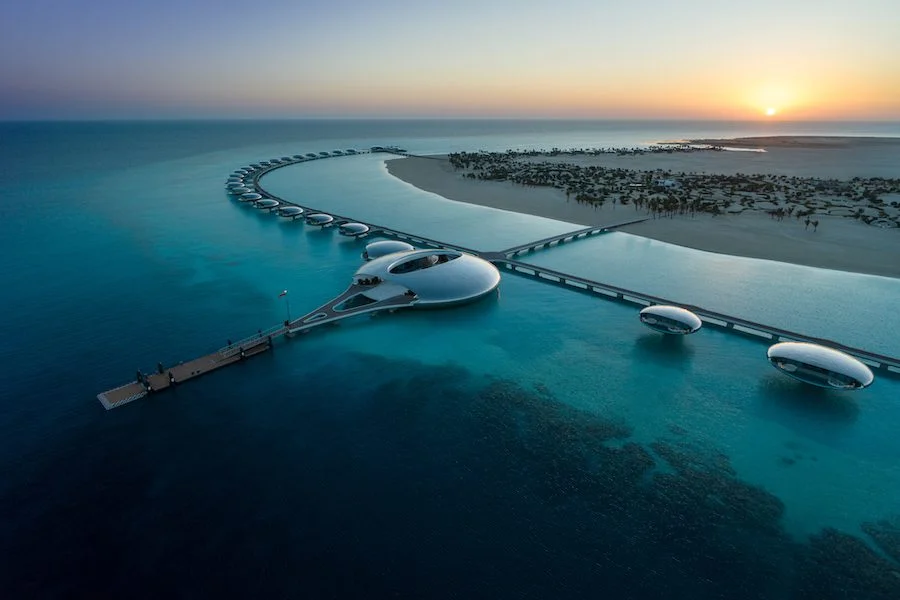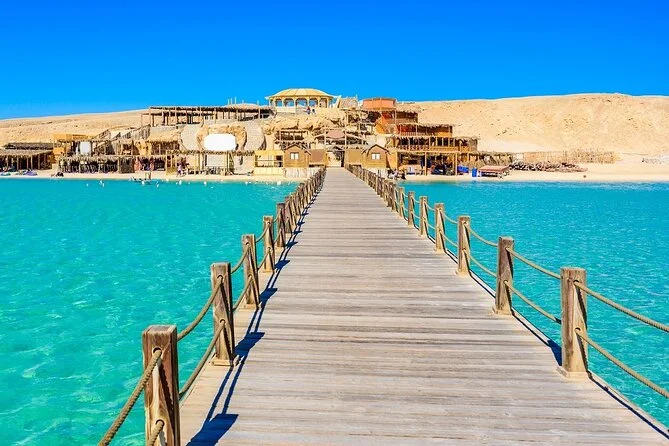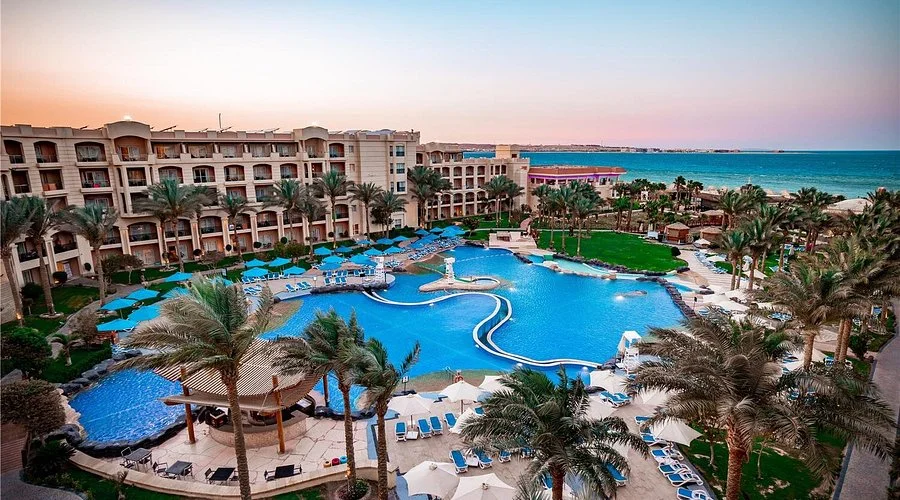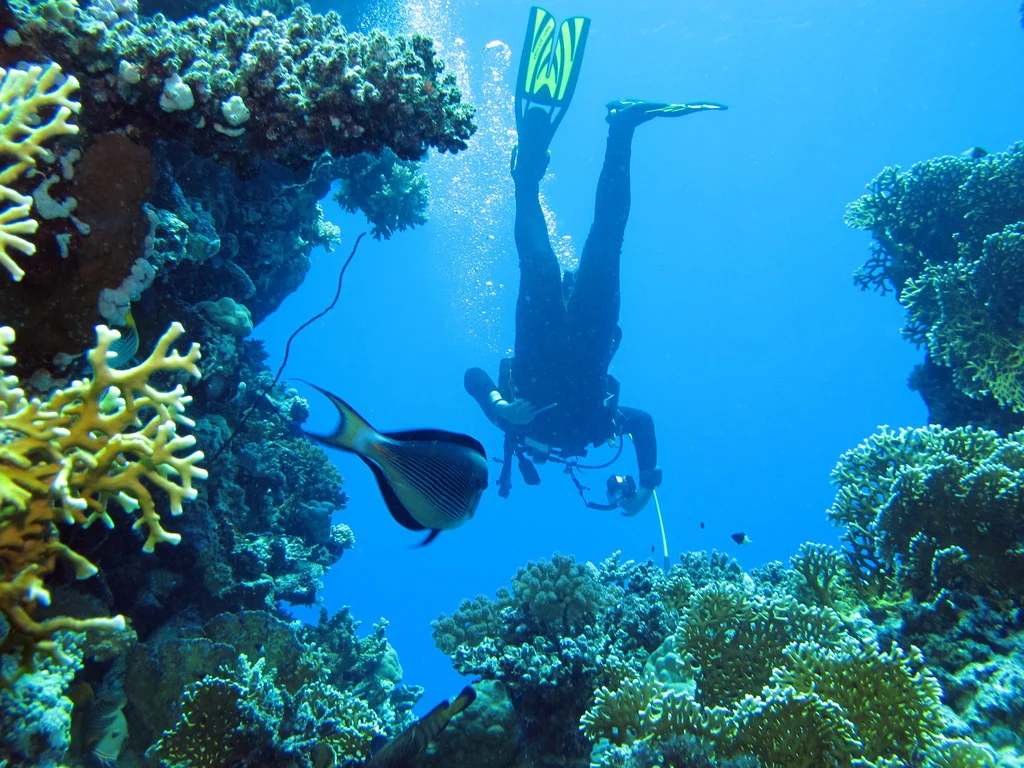New Hotels and Luxury Boutique Resorts in Egypt’s Red Sea (2025–2026)
Quick Summary: A new generation of intimate, design-forward resorts is reshaping Red Sea stays with private house-reef jetties, low-rise architecture, and nature-led wellness. This guide spotlights where to find them, the best seasons, what to expect on-site, and how to pair your stay with meaningful sea and desert experiences.

Sunrise paints the lagoon rose and gold as a few early risers slip down the jetty toward the reef. A chef is grilling baladi bread in an open kitchen, the scent of sage tea drifting from the terrace. This is the new Red Sea luxury: smaller footprints, quieter beaches, and front-row access to living coral gardens.
What Makes This Experience Unique
New and refreshed boutique properties emphasize space, silence, and proximity to nature. Expect private jetties to house reefs, wind-protected lagoons for kitesurfing, outdoor treatment salas, and farm-to-table menus that lean on Upper Egyptian dates, Sinai herbs, and Red Sea seafood. During our March 2025 site visits, local dive guides noted upgraded mooring systems and better reef briefings for guests, especially snorkelers and first-time divers.
Where to Do It (Multiple Locations)
South of the big hubs, Marsa Alam excels at low-density resorts with serious underwater access. Calm bays like Abu Dabbab Bay host resident green turtles on seagrass and occasional dugongs just a fin’s kick from shore. Offshore, Elphinstone’s walls challenge advanced divers while staying close enough for day boats.
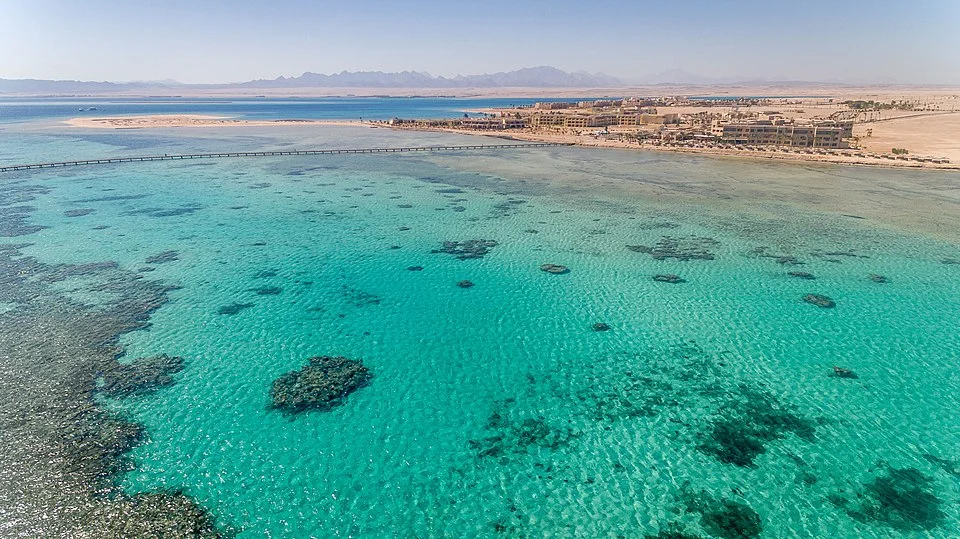
On the mainland north, new boutique inventory nestles among lagoons and marinas, with Hurghada’s airport enabling easy transfers. In the Gulf of Aqaba, Sharm’s mountain-meets-sea scenery adds drama, and day boats to Ras Mohammed National Park deliver world-class walls and schooling fish. Bohemian Dahab offers a slower pace for design-led guesthouses and sunrise yoga on the shore.
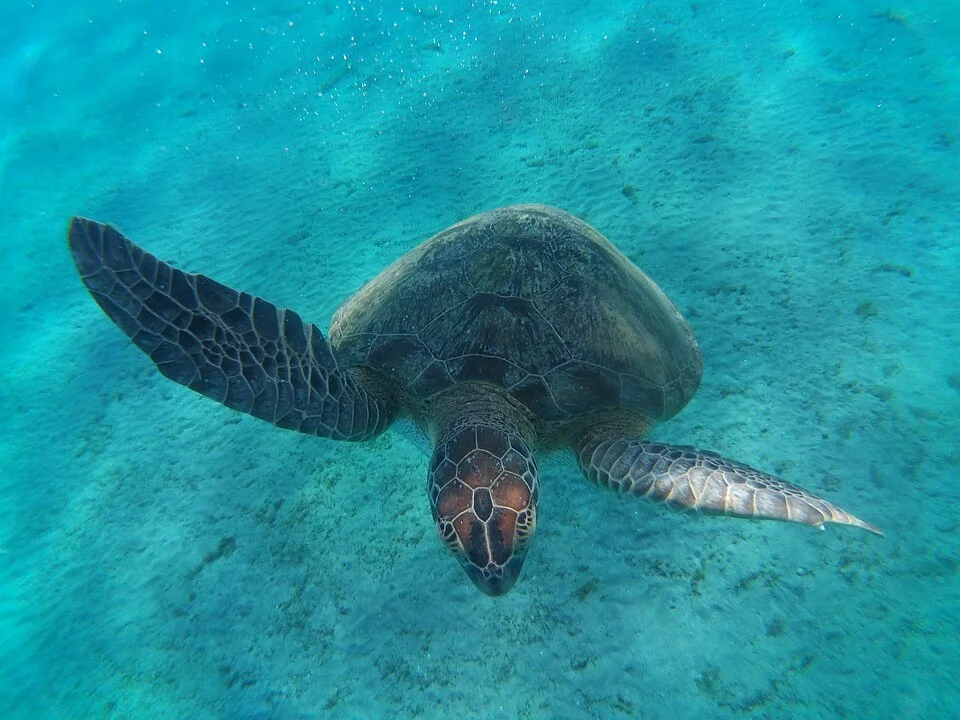
Best Time / Conditions
Sea temperatures average about 22–24°C in winter and 27–29°C in summer, making year-round swimming feasible with shorty wetsuits November–March and rash guards in warmer months. For wind sports, October–May sees the most reliable breezes. Summer brings calm seas and peak visibility but higher air temperatures, often 34–38°C midday in July and August.
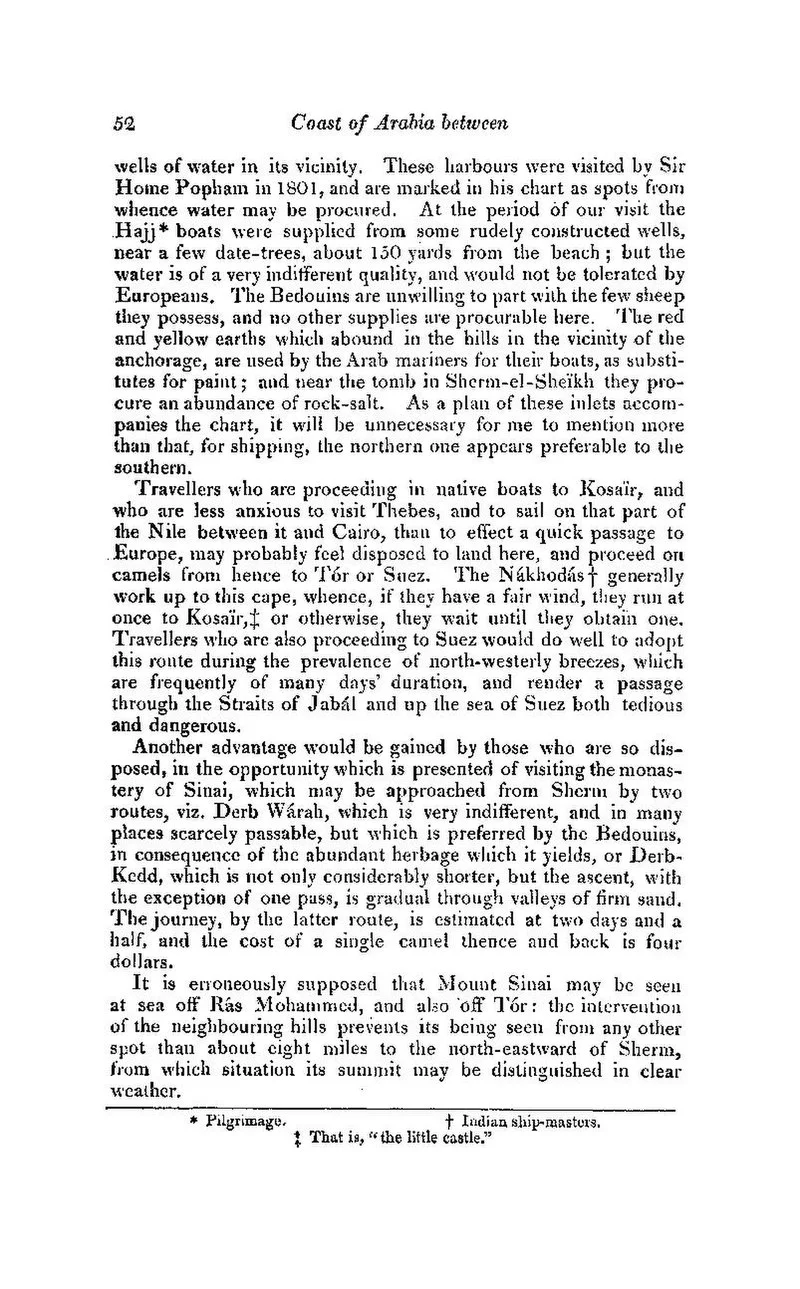
What to Expect (Practical Details)
Transfers are straightforward: Hurghada Airport to El Gouna takes roughly 40 minutes, while the run to Soma Bay is about 50–60 minutes depending on traffic. Marsa Alam’s airport sits within an easy 30–40 minute drive of most boutique bays. On-site, look for small key counts, shaded daybeds, and jetties that bypass shallow coral to deeper swim zones.
Dive operations are increasingly embedded into resorts. Reputable names like Emperor Divers, Blue Ocean, and Sinai Divers handle refresher courses, nitrox, and guided house-reef circuits. Expect shallow fringing reefs with drop-offs between 10–18 meters at many bays, with advanced walls and drifts on boat days. Non-divers can book curated tastings, stargazing in the desert, or sunrise SUP across glassy lagoons.
Who This Is For
Couples and design lovers who value quiet beaches and considered details will thrive here. Families gain kid-friendly shallows, reliable lifeguards, and activity clubs, especially during school holidays. Divers and snorkelers benefit from “roll-out-of-bed” reef access, while remote workers can split days between lagoon breezes and dependable fiber connections common in newer builds.
Booking & Logistics
High season spans late October to April; book three to six months ahead for small-room-count resorts. Consider splitting a week between a calm-bay boutique and a couple of boat days focused on reefs via our snorkeling and diving tours. If you prefer curated downtime, filter stays that include chef’s-table dinners or spa rituals and browse tailored experience-led add‑ons.
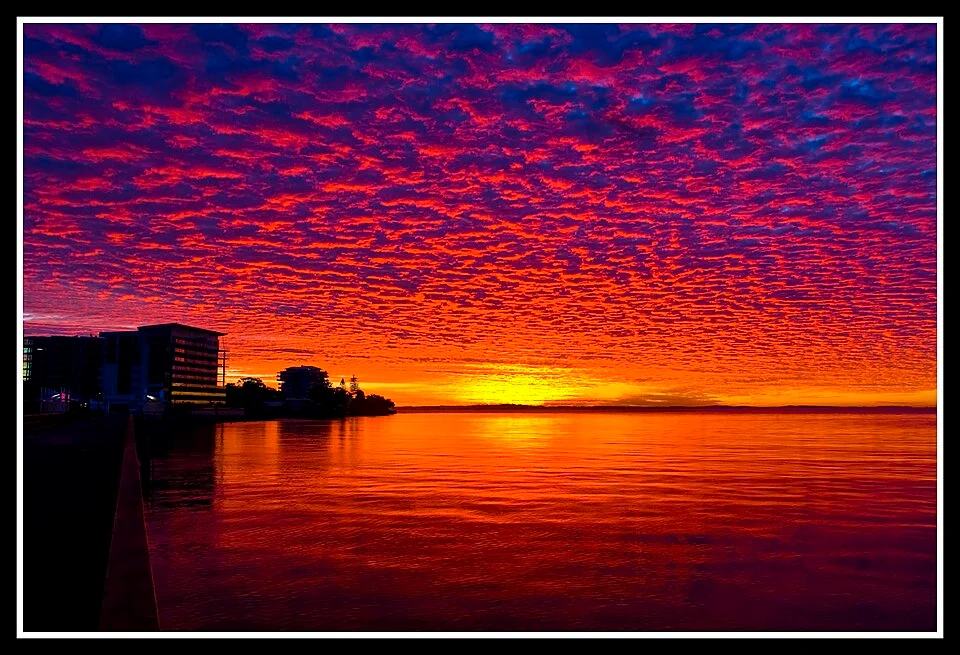
Sustainable Practices
The most thoughtful openings limit height, reduce glare, and protect nesting sites. Look for resorts using solar arrays, refill stations, and glass or aluminum in place of single-use plastics. House-reef etiquette matters: no touching coral, no standing on bommies, and always use mooring buoys for boat trips. Choose operators who brief guests in small groups and keep fins clear of the reef crest.
FAQs
Are house-reef bays suitable for beginner snorkelers?
Yes, many boutique resorts front shallow, protected lagoons with sandy entries and marked snorkel trails. Always start on a calm morning, wear a shorty in winter, and use a surface buoy if currents pick up. Staffed jetties and lifeguards are common, and visibility often exceeds 20 meters on settled days.
How do boutique stays differ from large all-inclusive resorts?
Expect fewer rooms, quieter pools, and more personalized service. Dining skews seasonal and local, with tasting menus instead of buffets. You will likely trade multiple venues for higher ingredient quality and chef interaction. Activity schedules are curated, and the house reef becomes your main attraction rather than a water park.
Can I pair reef time with day trips without changing hotels?
Absolutely. From Hurghada, day boats reach sandbars and reefs, while Sharm-based stays can access the walls of Ras Mohammed in a single outing. In the south, calm bays around Marsa Alam offer shore entries, and guided turtle encounters are common in places like Abu Dabbab Bay.
Whether you are here to float above seagrass with turtles, sip Sinai tea under a desert sky, or trade the buffet line for a chef’s counter, the Red Sea’s newest boutiques are designed to slow the clock without muting adventure. Start planning with our curated stays and sea days across the coast on Hurghada and Marsa Alam, then layer in reef time via our diving and snorkeling and experience collections.
